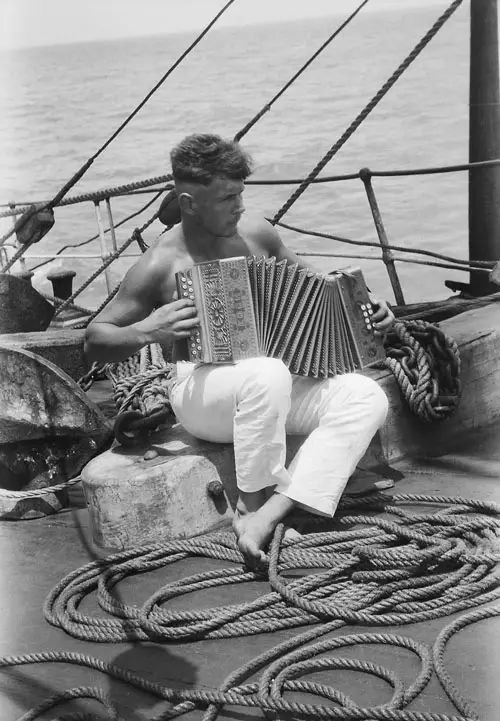Generations of young men and women have dreamed of going to sea, searching for freedom and fortune on the open ocean. This avenue is still open, but there are some harsh realities to take into account before rushing to the nearest port looking for a ship. A job at sea can be very demanding. It often requires twelve hour work days, seven days a week, for as long as four months at a time. Entry level positions are physically demanding, involve inclement weather and potentially hazardous working conditions.
That being said, the maritime industry is one of few “blue collar” industries that still pays a middle-class wage. Entry level positions on US-flag ships pay about $40,000 a year on average, or $90,000 for someone coming directly from a maritime academy. An unlicensed sailor can expect to be on the ship for 2/3 of the year, where an officer will usually have half of the year at home.
There are many answers to the question “How do I get a first job at sea?” The United States Coast Guard requires a bare minimum degree of certification, even for entry level positions. Entry level seagoing jobs are surprisingly plentiful, but many require membership in a union – but this is less of a barrier than usual. There’s also the question of diving straight in as an “Unlicensed” sailor, or taking the time to attend an academy and earn your officer’s license.
Maritime Training
The most common methods of certification are through an unlicensed union, or attending a maritime academy. It is also entirely possible to get your initial certifications without going through a union, but it is more difficult and there are fewer jobs available. The two largest unions in the United States are the Seafarer’s Union of the Pacific and the Seafarer’s International Union. Both will pay for certification and help new entrants through their training with an apprenticeship program. Jobs are then posted each day, and awarded based on a combination of seniority and time since last job.
Alternately, there are seven colleges spread throughout the US that offer an officer’s license program. Each has a curriculum that includes a bachelor’s degree and either a Third Mate or Third Engineer’s unlimited license. Each is as expensive as any other college, but begins the sailor at the officer level. Students can expect a military regimented experience that lasts four years or longer. A maritime academy is not required to get an officer’s license, but the process is much more difficult for a “hawsepiper” and involves up to 8 years at sea before being able to sit for license exams.
The Hiring Process
The hiring process for the maritime industry is very unique. The applicant is unlikely to ever see the main office, or meet the interviewer in person. Unlike standard industries, checking industry specific job sites and emailing human resources directly is a valid tactic. Interviews are almost universally completed over the phone, and getting a job as an unlicensed sailor is relatively easy. Joining one of the unions will make it even simpler to get your first job at sea.
Management and Roles
Initial hiring is done by the company’s office, and usually goes through the human resources department. Once that’s complete, a new sailor will be dealing almost entirely with personnel on the ship. The ultimate authority is the Captain, and every sailor is expected to follow any lawful order that they issue.
The deck department reports to the Chief Mate and will usually be involved with removing rust and painting exterior spaces. The engine department reports to the Chief Engineer, and they keep the engine running and the ship’s systems in good shape. The steward’s department reports to the Chief Steward and handles food preparation and general ship cleanliness. An entry level unlicensed certification allows the sailor to join any of these departments, and they can choose their first sea job for themselves.
Keeping the Job
Once hired, the difficult part begins. The maritime industry is rough, but fair. It is absolutely crucial to keep a good attitude – it is much more important to keep a positive outlook and learn than it is to perform flawlessly. A new hire that is willing to learn and to work (and who listens to their superiors) is often valued higher than an experienced sailor with a bad attitude.
Every sailor is expected to do their job, and over time responsibility settles naturally. The ship has a job to do, and every sailor contributes to that specific mission. It may be shipping containers, oil or bulk cargo, but when every crew member is performing well, the job is easier for everyone. Captains and officers recognize when someone is putting forth their all, and they’ll do their best to keep that person coming back to their ship. A good attitude and a strong work ethic are a sailor’s best attributes.
Love sports or the outdoors? Here are some more articles you might like:

